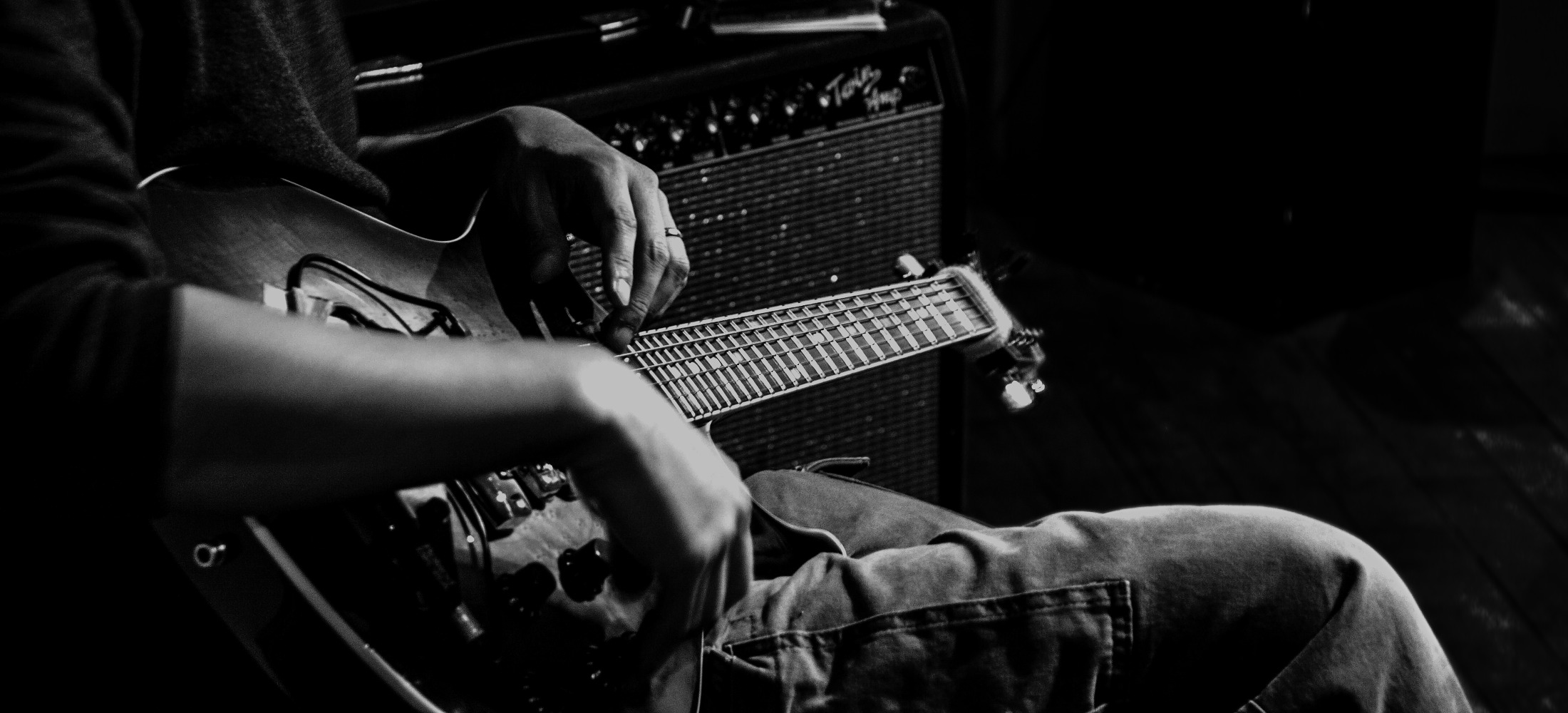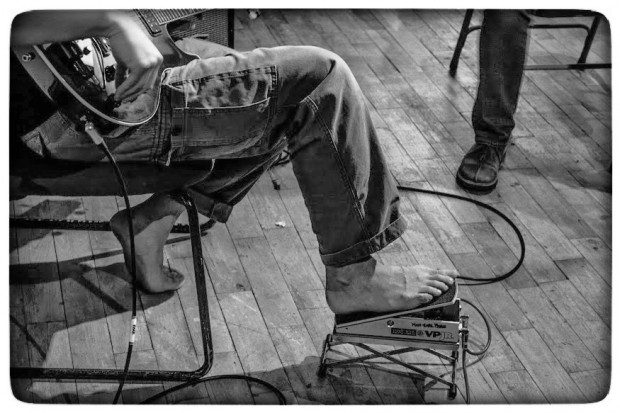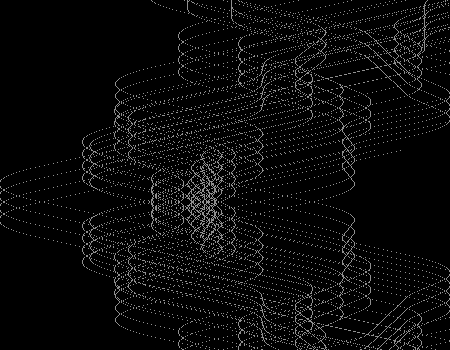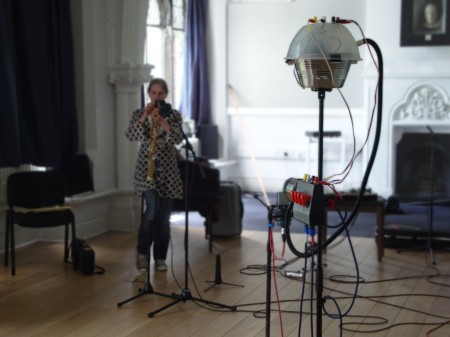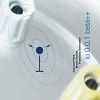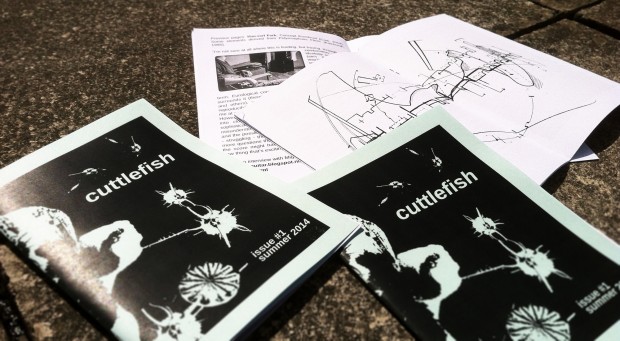
I’m honored to find my concept thumbnail (‘Study in Notation’) in the pages of cuttlefish (issue #1, summer 2014), a “zine for contemporary culture, music, art, aesthetics, politics,” edited by Peter O’Doherty. The piece was accompanied by an excerpt from my interview with Miguel Copón:
I’m not sure at all where this is leading, but having through some combination of ideology and necessity (ain’t it always the way?) found myself somewhat involuntarily in the ‘Total Improvisation’ camp, I’m beginning to look on the other side of the fence. Let me be clear, the, to borrow Lewis’ term, Eurological conception of the score and the practice that surrounds it (theorized in detail by Small, Cusick, Nicholas Cook and others), with its limited models of control and dogma of reproducibility, and naive notions of aesthetics, does not interest me at all.
However, I’m feeling a gravitational tug. Maybe it’s due to coming into close contact with musicians who have a much more sophisticated (if often, from an non-practitioner’s POV, misunderstood and under theorized) relationship with the score and the possibilities of notation. But it’s a distinct pull. Still working—struggling—through some ideas, and studies, and have far, far more questions than answers about the possible role notation and the score might have in an improvisative context, but that’s the new thing that’s exciting me at the moment. [Read the rest…]
The theme of cuttlefish’s inaugural issue is “work-in-progress (sketches, doodles, journal entries, streams of consciousness…),” and features contributions by Wim Bollein, Laura Duran, Evgeniy Aleksandrovich (=dozen), Graham Holliday, ja’s ink on paper, Daniel Kan, Francisco Martins, Corey Mwamba, Ciarán Ó Dochartaigh, Peter O’Doherty, Han-earl Park, Kiyomitsu Saito, Tom Tebby, Nicolas P. Tschopp, Andrea Valle, Krysthopher Woods and Alice Xiang.
If you are interested in contributing to future issues of cuttlefish, please contact cuttlefish[at]peterodoherty.net.
